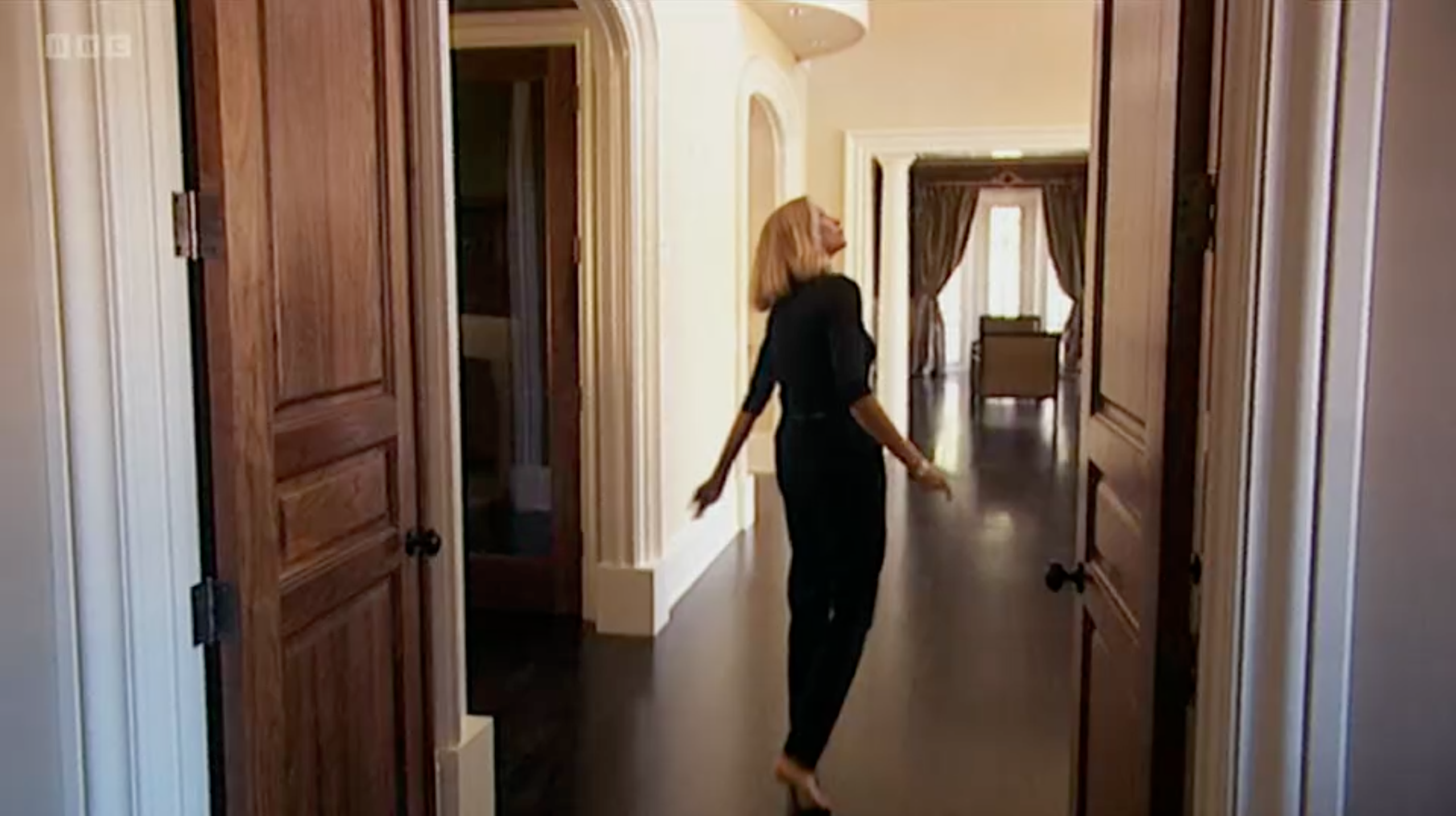“Rust Belts” a review of Rachel Fäth and Zazou Roddam at Brunette Coleman, London
Review / 4 March 2025 / By: Natalie Portmanteau / ★ ★ ★
Rachel Fäth and Zazou Roddam at Brunette Coleman, London
American neoliberal doctrine has found an ultimate expression in the technopoly of contemporary America - Meta, Pfizer, Dogecoin, and the Department of Government Efficiency. This post-industrial, post-everything condition, now inseparable from a malaise in Western society, began to dominate some decades ago. Francis Irv’s show of work by artists Rachel Fäth (b. 1991, Berlin) and Zazou Roddam (b. 2000, London) (hosted by Brunette Coleman for Condo London) makes no direct reference to any of this; in fact, the show is sparse, minimal and oblique. It is, however, through the material decisions made by the artists that the works not only speak of capitalism, but embed themselves in it.
Fäth’s two sculptures sit directly on the gallery floor, whilst Roddam’s contributes a wall-based work, two framed polaroid photographs, and a small sculpture atop a plinth in the gallery’s side room. In Roddam’s Lot 2454/ Lot 5152 (2024–2025), crystal doorknobs affixed to their relevant painted wooden doors, or rather to the truncated sections of what were originally wooden doors, protrude from perfectly circular holes that have been cut into the front-facing surface of two plexiglass boxes. The boxes are mounted to the wall in a manner reminiscent of a Judd ‘Stack’, out of which the crystal handles jut into the viewer's space. Behind the plexiglass the slices of door form a pile which produces a whimsical effect, whilst acknowledging the weights and shapes of the wood, juxtaposed satisfyingly by the flawless edges and inset screws of the boxes. Both are transparent, but there are subtle differences between the crystal and the plexiglass - the crystal looks hard, old (vintage) and provides an evocative glimmer of late 20th-century affluence, whilst the plexiglass seems recently fabricated, an inert frame derived from minimalist or conceptual art modes. I imagine the former to belong to a category of other crystal glass objects that includes chandeliers and champagne flutes, and envisage the interiors of yachts, expensive real estate portfolios.
The work’s only pronounced colour derives from the coats of paint that the doors have retained from their original function as front doors of houses. I think of handshakes and the opening of a door. And then of a house as the site of the intimacies of daily life and of the intimate calamity of the mortgage crisis of 2008, who’s long shadow is still felt. Lot 2454/ Lot 5152 looks skeletal, like the vertebrae of a spine within a plexiglass body - a nimble metaphor for the methodology she deploys. Her materialist critique reveals the skeletal structure of significance both within the work she makes and with regards to the conditions of its display.
Some of the materials for Lot 2454/ Lot 5152 were acquired at public auction. This nod to the economics of the work is a neat gesture. It functions as an ironic appraisal of the luxury status of the art object as something that could itself end up in an auction lot. Roddam offers a critique of the status of the artwork as autonomous and gently reveals it instead to be historically and economically contingent and part of a context, in this case, the context of the market.
Fäth’s work shares this stringent attention to form. Her materials are selected and reclaimed; heavy, rugged and industrial steel. Sitting side-by-side on the gallery floor, Locker 5 (2024) and Locker 6 (2024) are forms determined by the size constraints of storage lockers, a materialisation of negative space in welded steel. Some of Fäth’s earlier work sourced its steel from a New York production plant (Francis Irv is an NYC gallery). Steel was a chief American industry before globalisation took those factories and jobs elsewhere. Within this glib generalisation are the experiences of countless individuals of grand economic manoeuvrings. To intuit these poetically, as textures, is to jump between the general and the personal. The scrap steel is not, significantly, in its raw form; it is post-industrial, after the fact. The surface of one work is rusted in places, indicating the chemical entropy that takes place when the metal is left to the elements. There is an association here with industrial decline, alluded to in the colloquialism ‘rust belt’.

